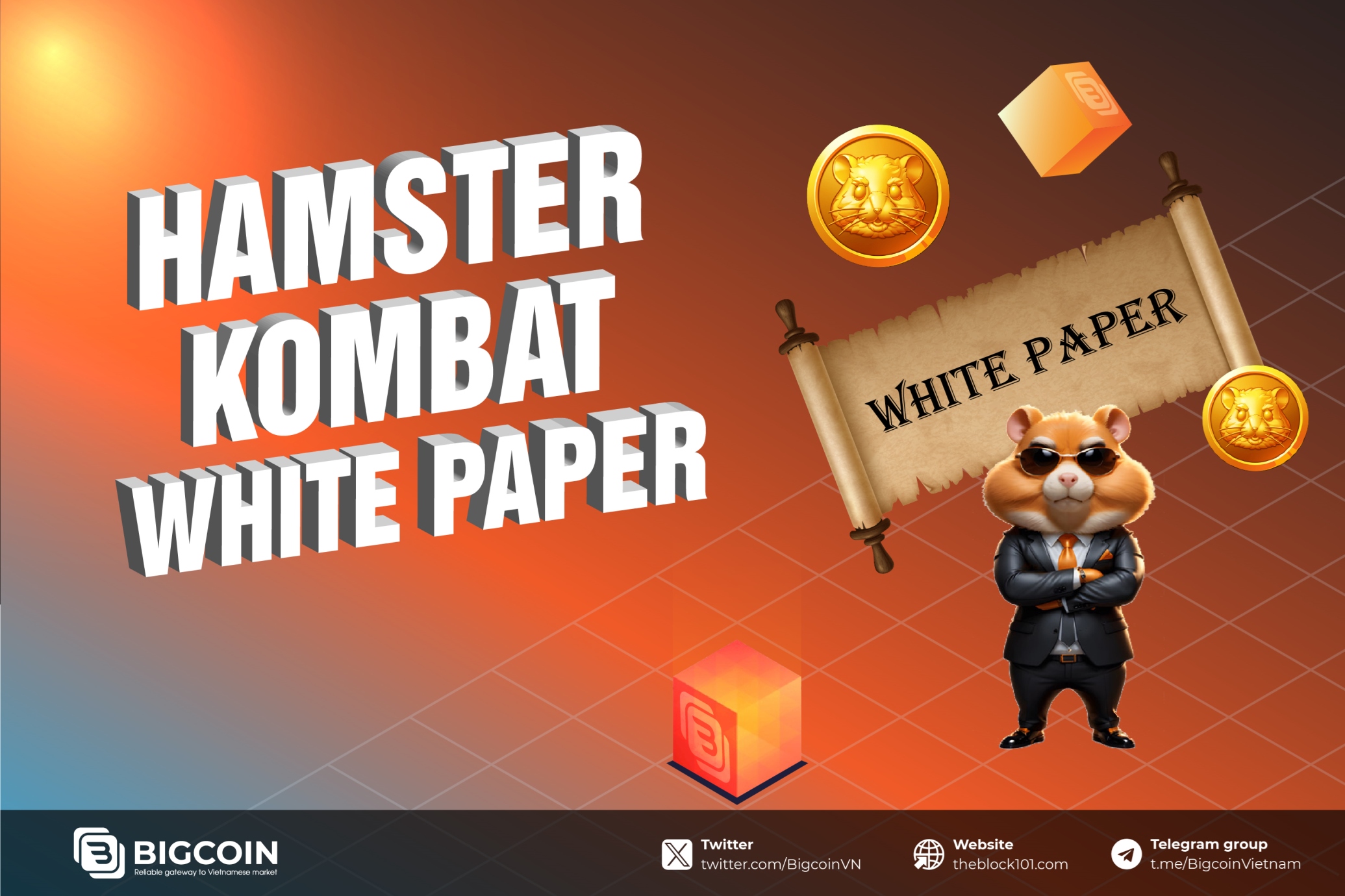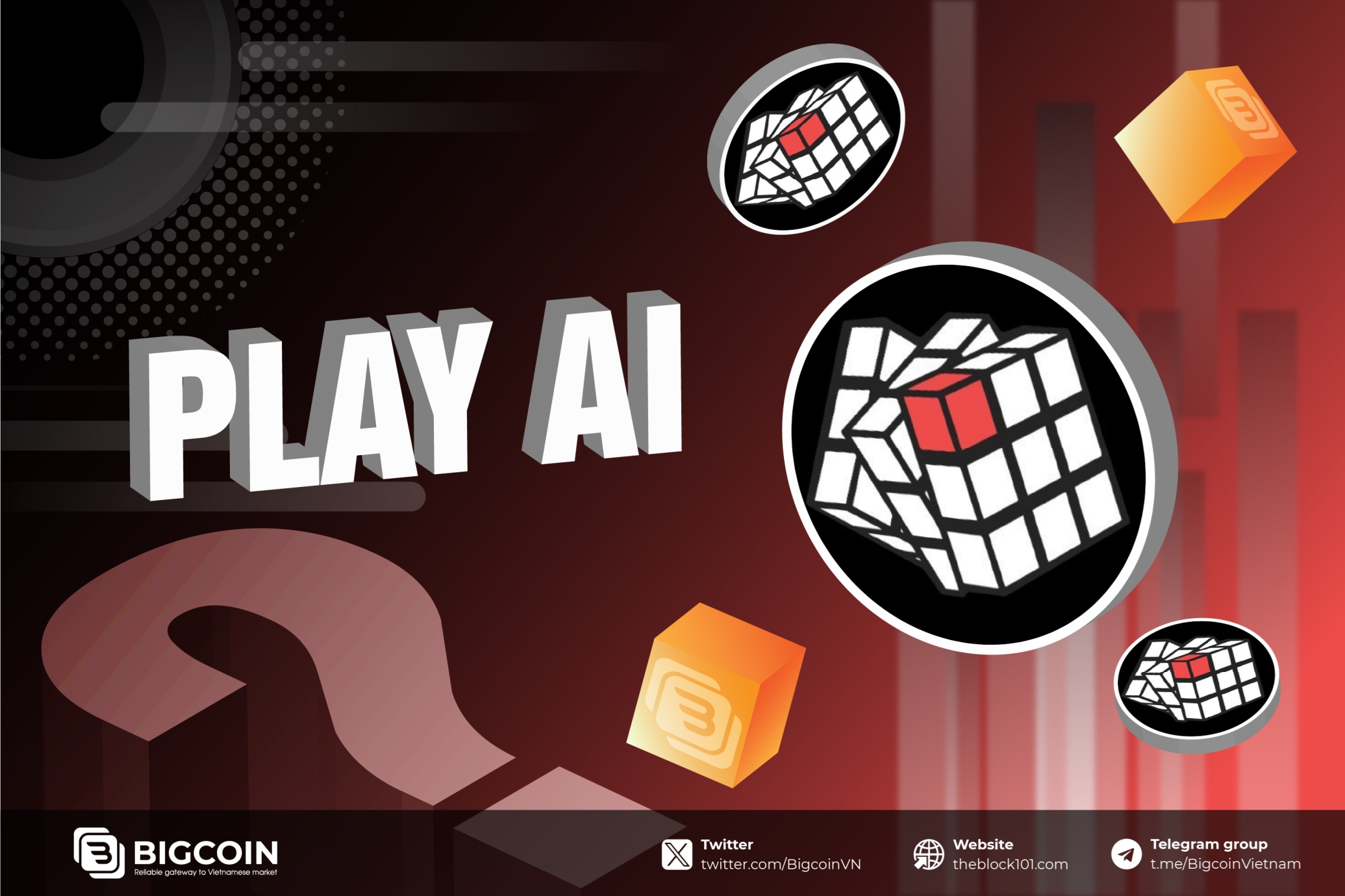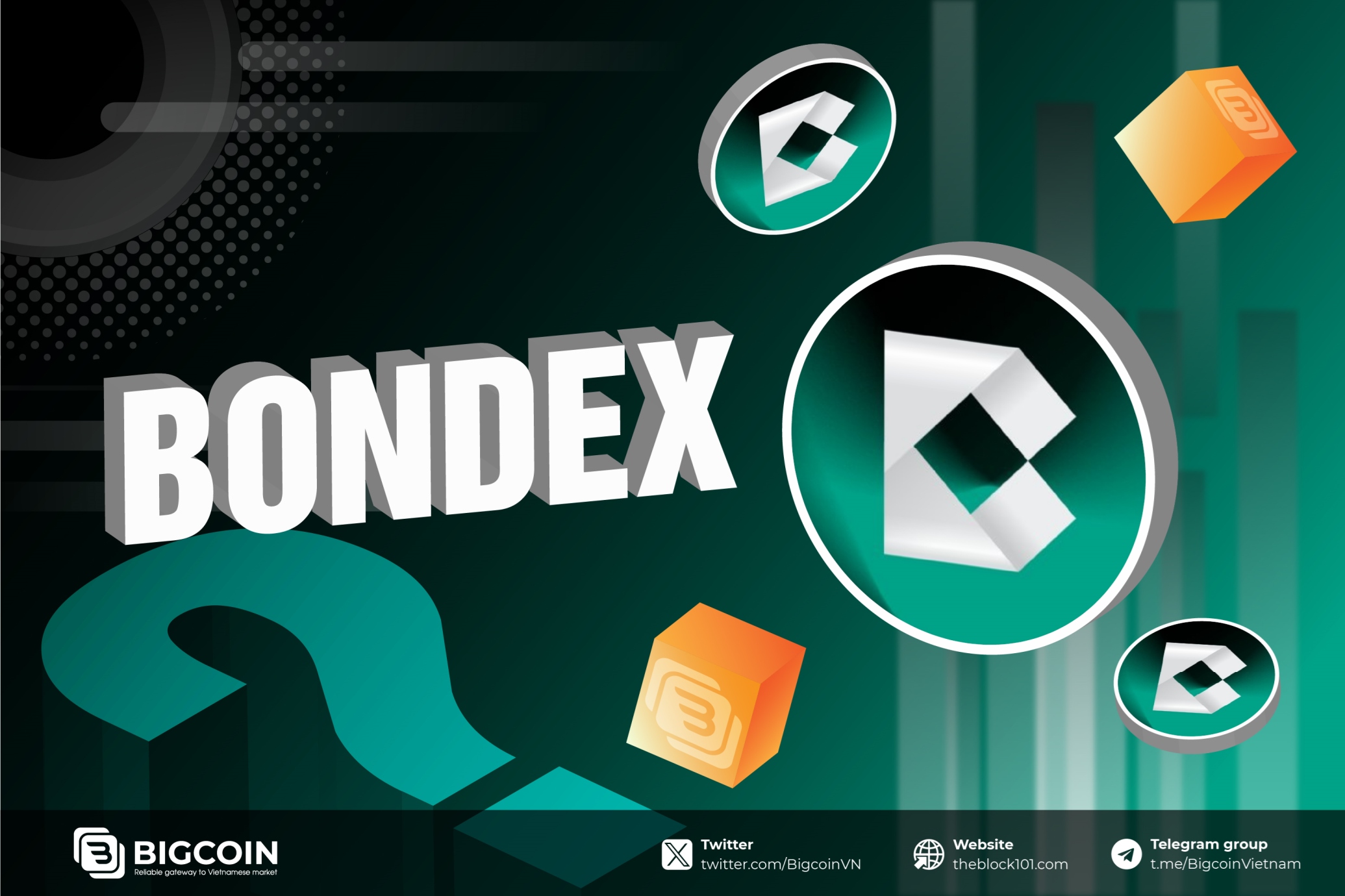1.What is DePIN?
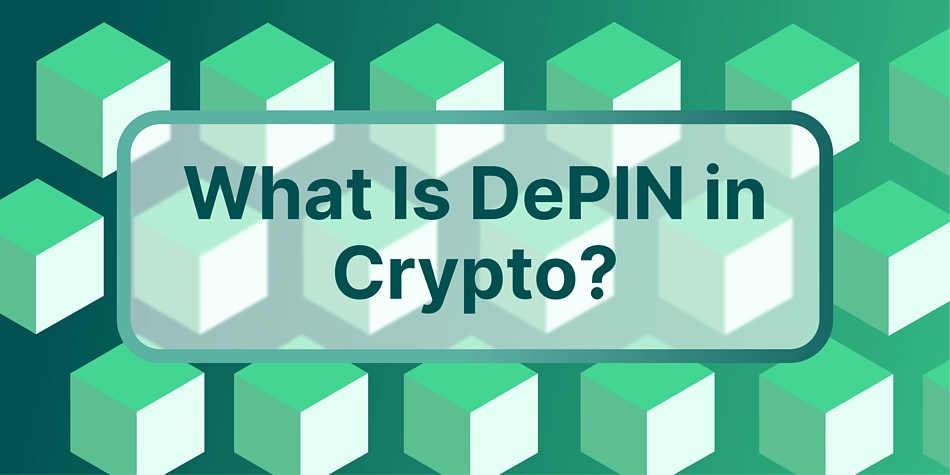
DePIN Projects Explained DePIN projects can be categorized into two distinct types:
-
Physical Resource Networks (PRN): These networks are focused on essential hardware systems that are key to connectivity and infrastructure. Examples include wireless internet, energy distribution, and geospatial data systems. A prominent example is Helium, where users maintain wireless hotspots that function similarly to internet routers.
-
Digital Resource Networks (DRN): These networks provide the digital resources needed to operate physical systems, such as decentralized cloud storage, computing resources, bandwidth, and connectivity. For instance, Peaq Network collaborates with Eloop to tokenize Tesla cars, creating a digital infrastructure that supports car-sharing services, charging stations, and parking spots.
DePIN is expected to play a central role in what is known as the Economy of Things (EoT), which merges real-world assets with blockchain, AI, and decentralized networks to create smarter, more efficient systems.
2. Top 7 DePIN Crypto Projects in 2024
2.1. Render Network (RNDR)
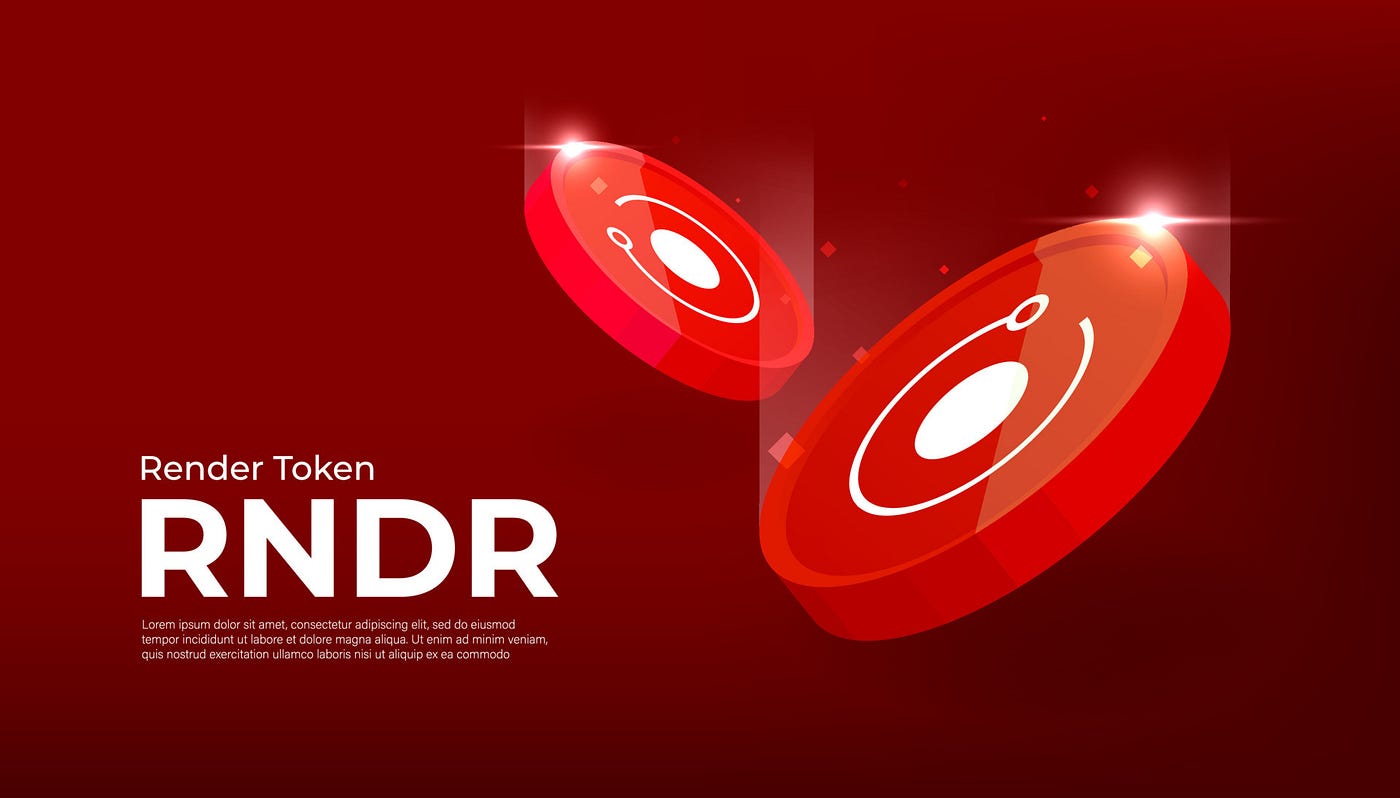
Overview: Render Network is an Ethereum-based platform that decentralizes GPU cloud rendering. It connects users needing rendering services with those who have high-performance GPU power available for rent. By leveraging decentralized computing power, Render makes rendering services more affordable and efficient.
Key Features:
-
Business Model: Render involves creators who submit rendering jobs and node operators who provide GPU power. Operators earn RNDR tokens as rewards for completing tasks.
-
Tiered Pricing: Render uses a reputation-based pricing structure with three tiers, allowing for different levels of service and pricing.
-
Popular Adoption: Render has garnered attention from major tech companies like Apple, which integrated its OctaneRender engine.
Founders: Founded by Jules Urbach (also CEO of OTOY) with a team of experts in blockchain, technology, and business development.
Funding: Raised $30 million in a seed round in December 2021, supported by firms like Multicoin Capital and Solana Foundation.
2.2. Filecoin (FIL)
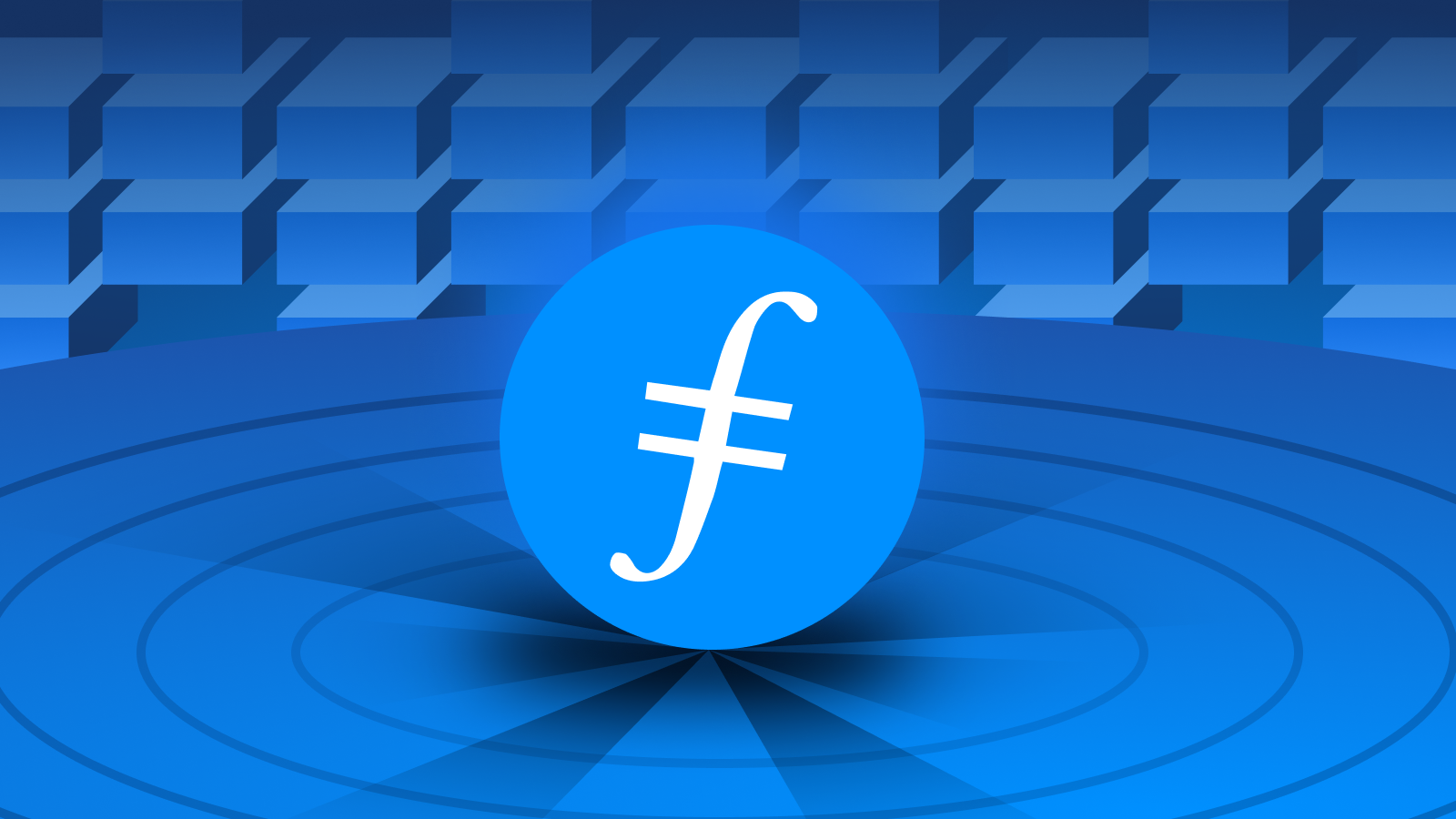
Overview: Filecoin is a decentralized storage network built on the InterPlanetary File System (IPFS), enabling users to store data on a distributed, peer-to-peer network. The project incentivizes storage providers to maintain and distribute data securely.
Key Features:
-
Marketplace: Filecoin allows users to buy and sell storage services, with providers earning FIL tokens for reliable data storage.
-
Censorship Resistance: Its decentralized nature makes it resistant to censorship, a crucial feature for protecting data privacy.
-
Competitive Pricing: By eliminating centralized control, Filecoin offers competitive pricing compared to traditional cloud storage services.
Founders: Created by Juan Benet, an American computer scientist and founder of Protocol Labs, the company behind IPFS and Filecoin.
Funding: Raised $257 million through an ICO in 2017, supported by top investors such as Sequoia Capital and Andreessen Horowitz.
2.3. Akash Network (AKT)
.jpg)
Overview: Akash is a decentralized cloud computing platform that allows users to buy and sell cloud resources directly from providers. This peer-to-peer system reduces reliance on centralized cloud service providers like AWS and Google Cloud.
Key Features:
-
Cloud Marketplace: Facilitates the buying and selling of computing resources, making cloud services more affordable and accessible.
-
Containerization & Kubernetes: Akash uses container technology to ensure applications run seamlessly across various environments.
-
Cost Efficiency: Utilizes underused data center resources, reducing costs significantly compared to traditional cloud providers.
Founders: Greg Osuri (CEO) and Adam Bozanich (CTO), with experience in cloud architecture and software engineering.
Funding: Raised $2 million in a seed round in March 2020, with investors including George Burke and Infinite Capital.
2.4. BitTensor (TAO)
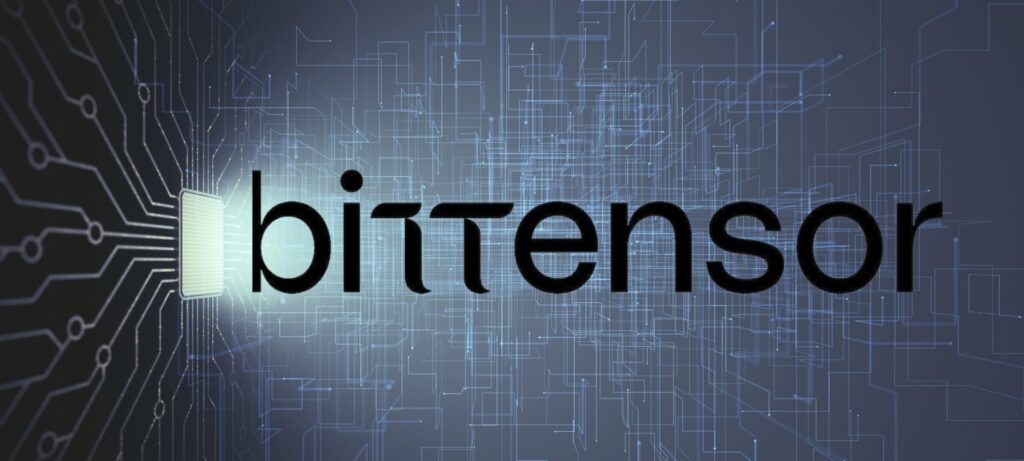
Overview: BitTensor is a decentralized blockchain platform focused on AI and machine learning. Using a unique Proof-of-Intelligence consensus mechanism, BitTensor rewards miners who contribute valuable information and resources to the network.
Key Features:
-
AI Focus: BitTensor democratizes AI by allowing anyone to participate in the network and earn rewards for their contributions to AI research and development.
-
Competitive Subnets: The network consists of specialized subnets for various applications, including decentralized AI detection and machine learning.
-
Token Incentives: Miners are rewarded with TAO tokens for their contributions, ensuring an incentivized and efficient network.
Founders: Jacob Steeves (former Google software engineer) and Ala Shaabana (PhD in Computer Science).
Funding: Incubated by Polychain Capital, which has invested over $200 million in the project.
2.5. IOTA (IOTA)
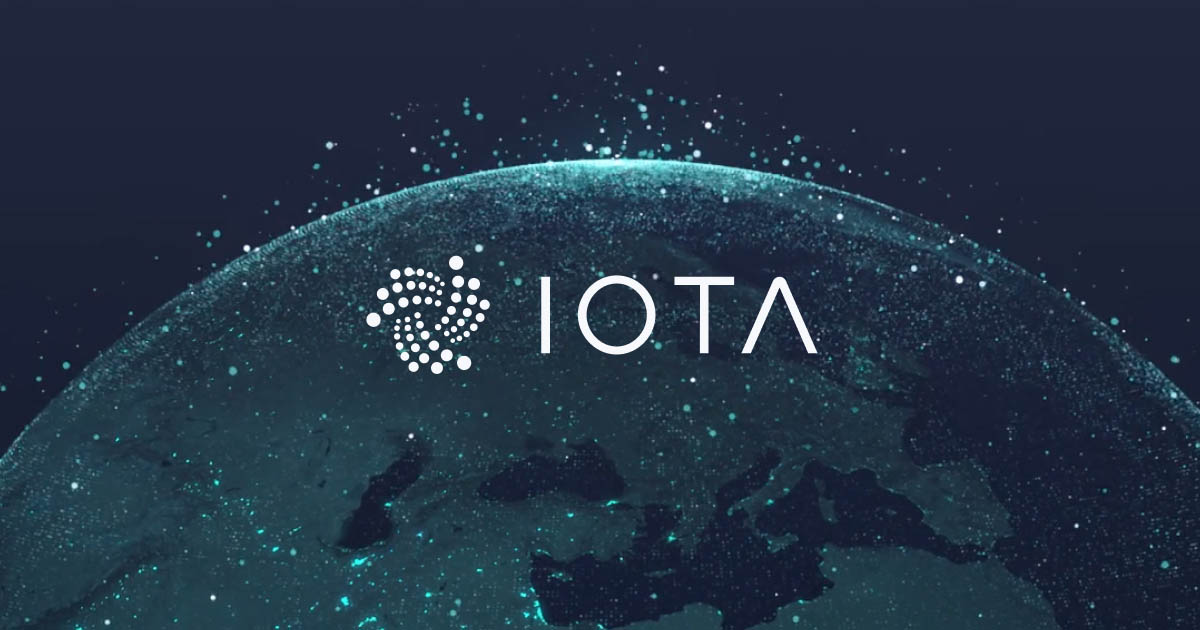
Overview: IOTA is a decentralized distributed ledger that uses a Directed Acyclic Graph (DAG) called Tangle, offering feeless transactions and high scalability. It is designed for the Internet of Things (IoT), where devices need to exchange small amounts of data quickly and efficiently.
Key Features:
-
Tangle Technology: IOTA’s DAG structure enables parallel transactions, leading to better scalability and zero fees.
-
Feeless Transactions: Microtransactions are possible without transaction fees, promoting broader IoT adoption.
-
Secure Data Transfer: IOTA ensures tamper-proof data transfer between connected devices.
Founders: David Sønstebø, Dominik Schiener, Sergey Ivancheglo, and Serguei Popov, a team of researchers and tech entrepreneurs.
Funding: Raised $500,000 in a crowdfunding campaign in 2015 to launch the project.
2.6. Theta Network (THETA)
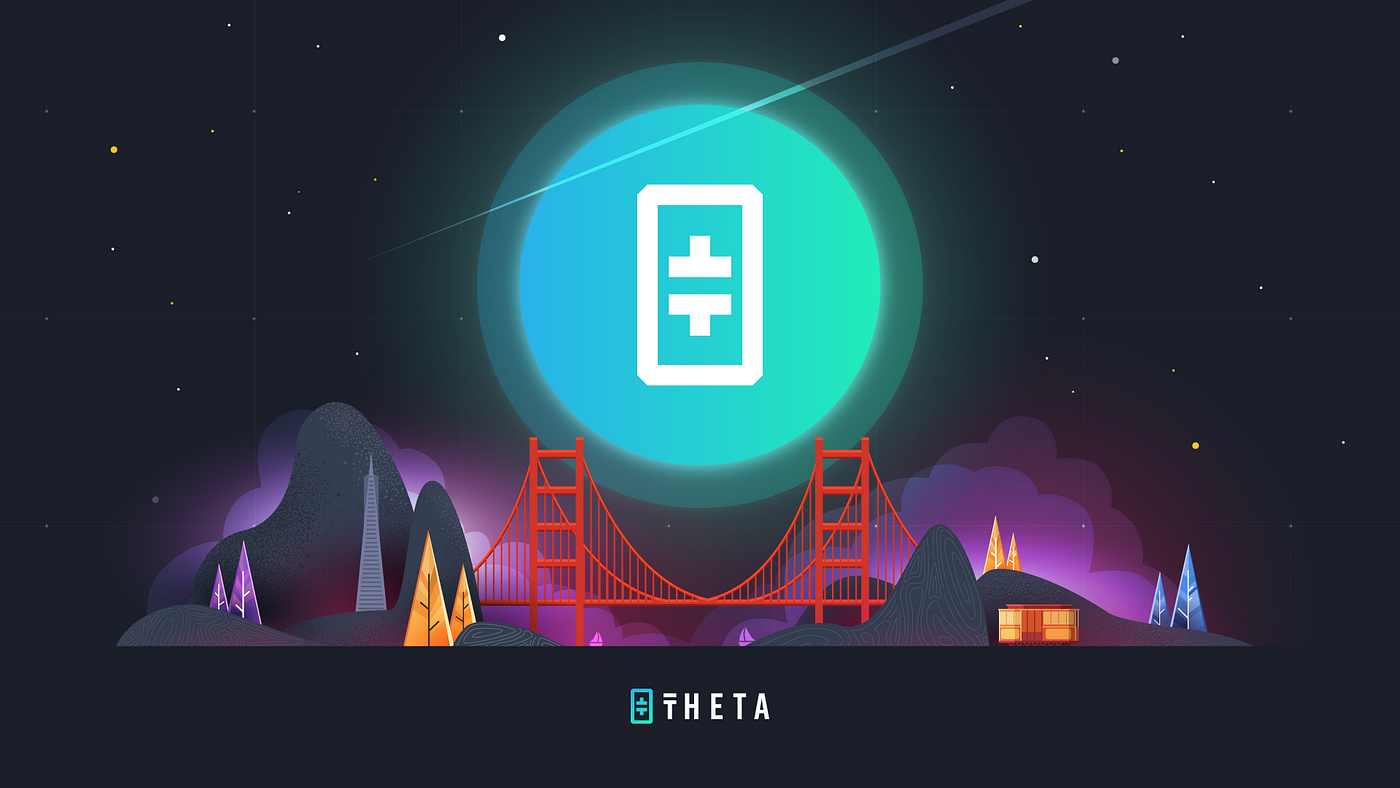
Overview: Theta Network is a blockchain-based content delivery platform that decentralizes video streaming, data delivery, and edge computing. It is designed to provide a more efficient, cost-effective solution for streaming services.
Key Features:
-
Decentralized Video Delivery: Theta uses a network of nodes to stream video, improving quality and reducing reliance on centralized servers.
-
Smart Contracts & DApps: Theta supports the creation of decentralized applications, enhancing its functionality beyond just video streaming.
-
Edge Computing: The Theta Edge Network utilizes unused bandwidth and computing resources to perform tasks like video transcoding.
Founders: Mitch Liu and Jieyi Long, both with experience in computer engineering, virtual reality, and large-scale distributed systems.
Funding: Details of the funding round are private, but Theta has raised significant investment in the past.
2.7. The Graph (GRT)
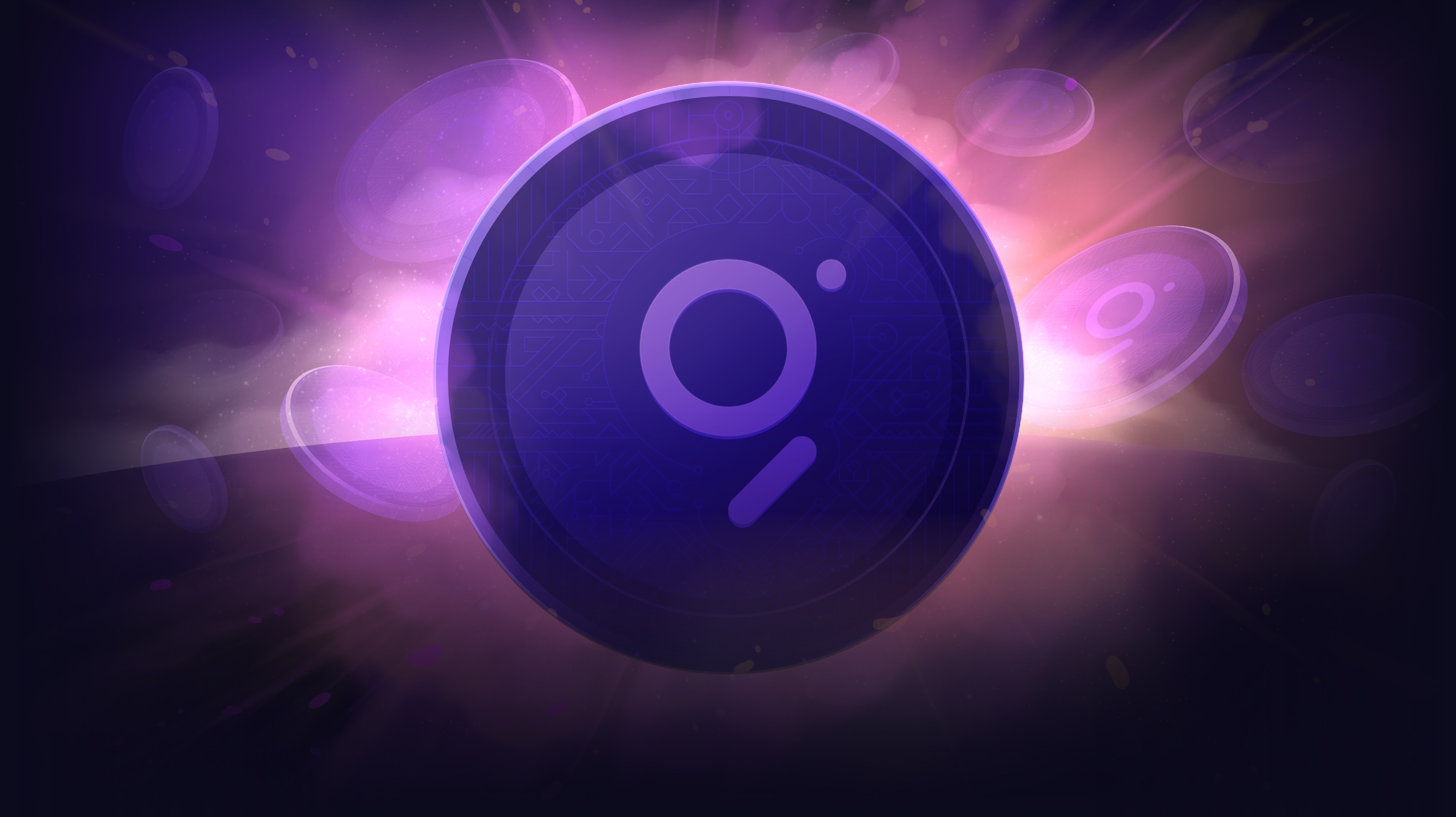
Overview: The Graph is a decentralized, open-source indexing protocol that collects, processes, and stores data, similar to how a web browser like Google operates. It allows users to explore different blockchain ecosystems and their decentralized applications (dApps) and is available in at least 14 languages.
Key Features: A key feature of The Graph is Subgraphs, which are indices designed to enhance data querying across various networks, including EVM-compatible blockchains and the InterPlanetary File System (IPFS). Subgraphs can index all public information globally, bridging Web2 and Web3. This data can be stored, organized, and shared across applications, making it accessible for querying. Users pay for these services with the protocol’s native coin, GRT.
Founders:
-
Yaniv Tal — An engineer and tech entrepreneur, Tal aimed to create the first decentralized indexing and querying protocol for blockchain data to simplify dApp development.
-
Brandon Ramirez and Jannis Pohlmann also co-founded The Graph. Before founding the protocol, Tal and Ramirez worked together at MuleSoft, a company specializing in enterprise integration, which Salesforce later acquired.
Funding and Investors:
The Graph has received approximately $69.6M in funding over eight rounds. Notable investors include FinTech Collective, Tiger Global Management, and Blockwall. The latest funding was raised during a Series A round on March 2, 2022.
Conclusion
DePIN (Decentralized Physical Infrastructure Network) is rapidly emerging as one of the most promising sectors within the blockchain space. By merging blockchain technology with physical infrastructure, DePIN offers not only more efficient, secure, and cost-effective solutions but also ushers in a new era of decentralized networks.
Projects like Render Network, Filecoin, Akash Network, and others have showcased the immense potential of DePIN across industries such as data storage, cloud computing, AI, and IoT. As technology continues to advance, DePIN not only presents exciting investment opportunities but also plays a pivotal role in reshaping how we approach traditional infrastructure systems.
Read more:

 English
English Tiếng Việt
Tiếng Việt.png)
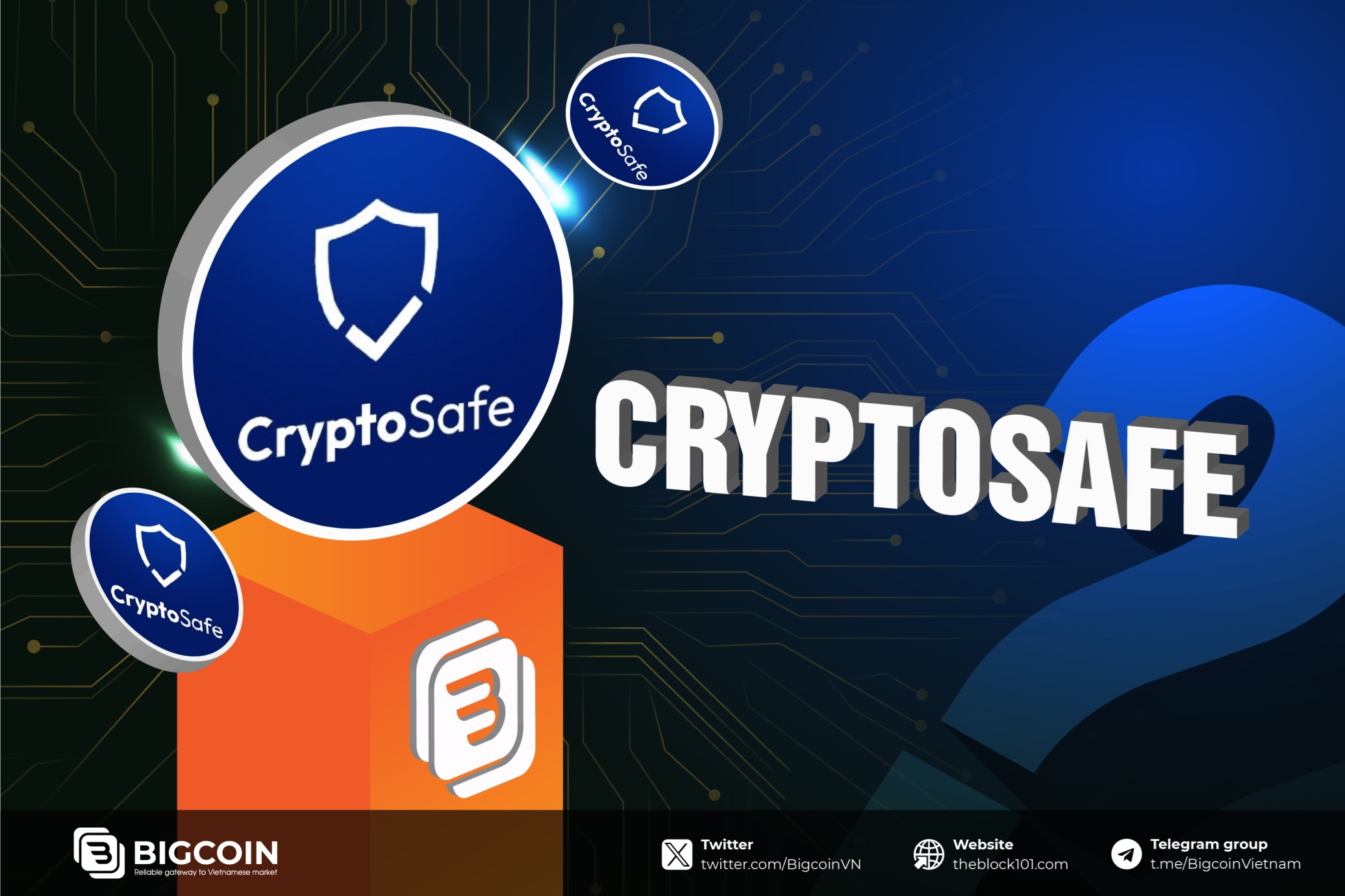
.jpg)
.jpg)


